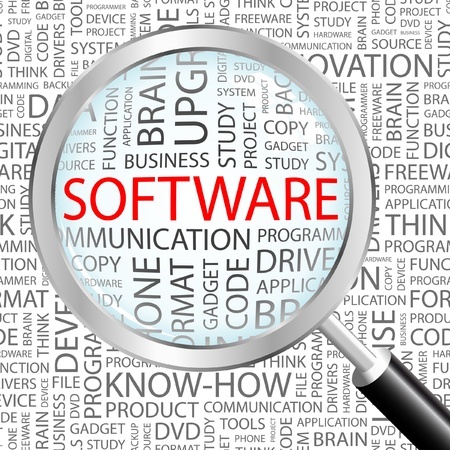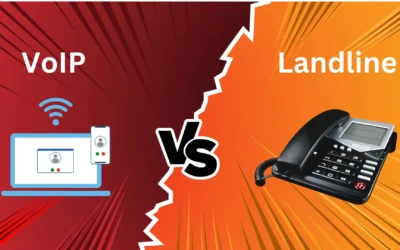While the term software management might be routine to some businesses, others of you out there may not realize a strategy is needed to keep you cost efficient and in compliance. This area has grown increasingly complex in recent times with the number of software titles going through the roof, and companies are finding that the situation can lead to overprovisioning as well as audits—both of which can cost your business greatly.
Think of a teenager’s closet shelves and book shelves and even under the bed stuffed with video games and you get the picture of what’s going on in business environments with software. How did you get so many software licenses? Aren’t some of these essentially duplications? How much are we spending?
Here’s what you do:
- Think strategically before you renew. It’s that time of the year again for renewing software contracts. Just click yes and you’re set for another year, right? WRONG! Take a look at where you are, what’s happened in your business over the last year, how you’re doing business, and what needs to change. Then look at your software titles. Might it be time to thin out the pack? Have you grown beyond one program’s usefulness and need something more robust? Or perhaps one more full featured software to handle the job of two or three currently? Is there a way to bundle the software you need that will save you some money?
- Software is not valuable if it’s on a shelf—so keep it off. Software that is not being used due to obsolescence or overprovisioning is simply money thrown down the drain. Reevaluate what’s on your shelfware list and decommission what has outlived its usefulness. Bonus tip: Look for support contracts you may be paying for on software you’re not using, and start shaving the excess.
- Employ software asset management tools as part of your formal software policies. These tools can help you know which software is running and what it is doing. A couple examples of these are Snow and LANDESK IT software asset management products. The end goal is to make smarter, targeted software purchase based on needs, while keeping you in compliance. In addition, SAM tools help you avoid costly software duplication that can occur across your company when one department doesn’t know what the other departments are doing. You’ll get a centralized view of software assets to easily see where the duplications are occurring.
- Put together a software team. You may not be big enough for a formal software strategy—that’s okay. Better in your situation is either one expert or a crack team whose goal is to review, manage and maintain software and negotiate contracts in your best interest.
No one wants to be audited—and by paying heed to these four simple guidelines, you can come out ahead of the game with an optimal software strategy and money in the bank. For more software management tips, contact us HERE.




